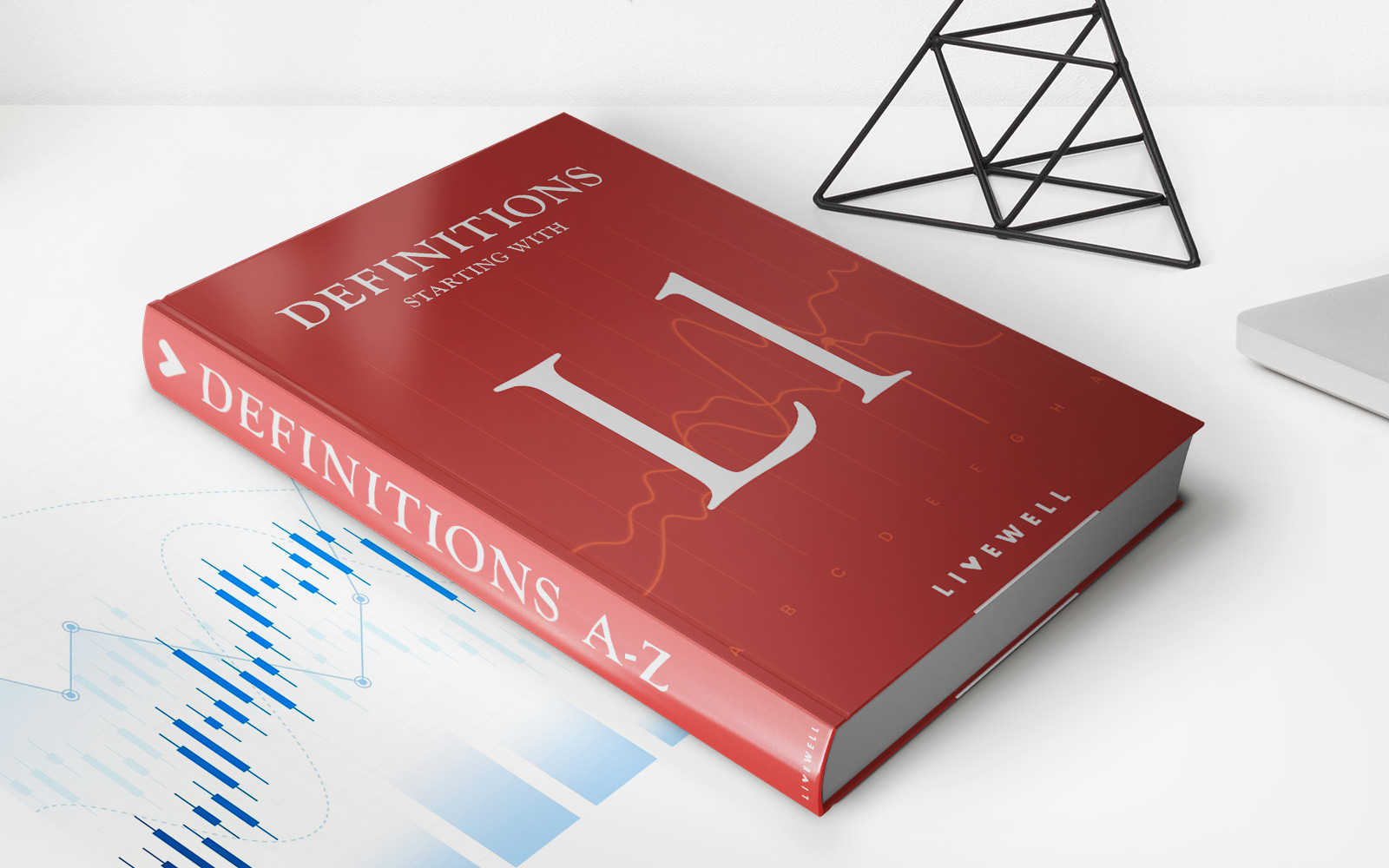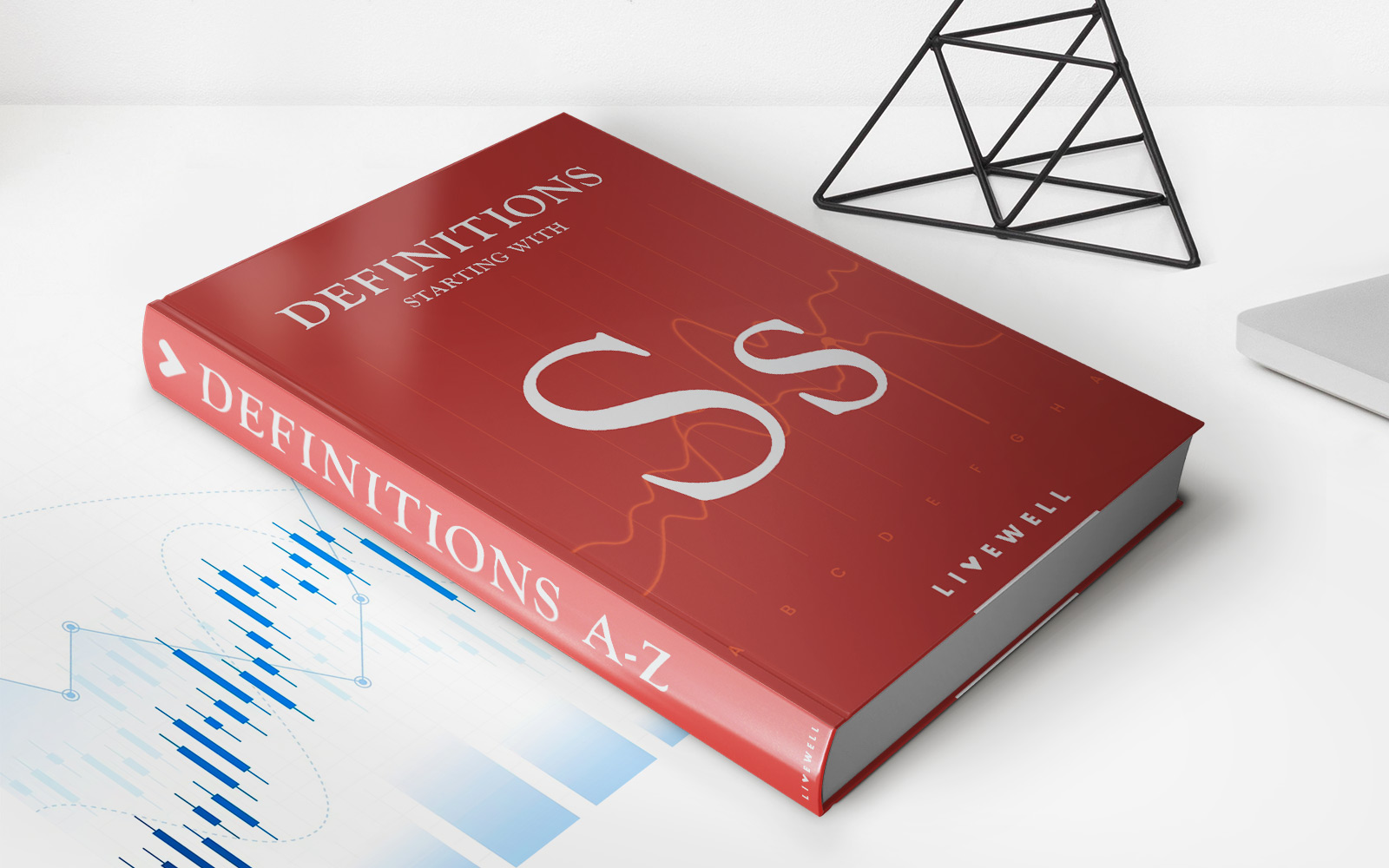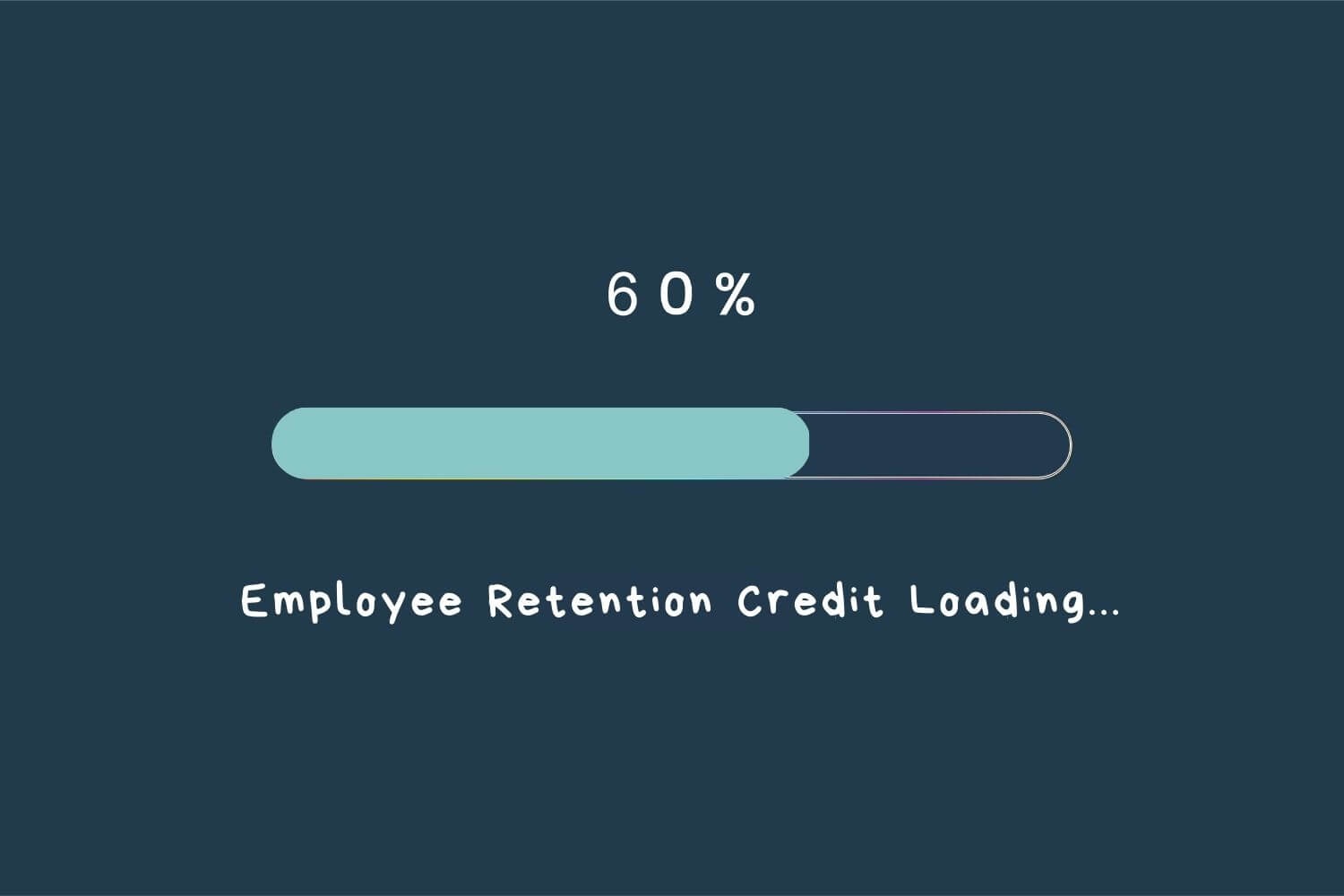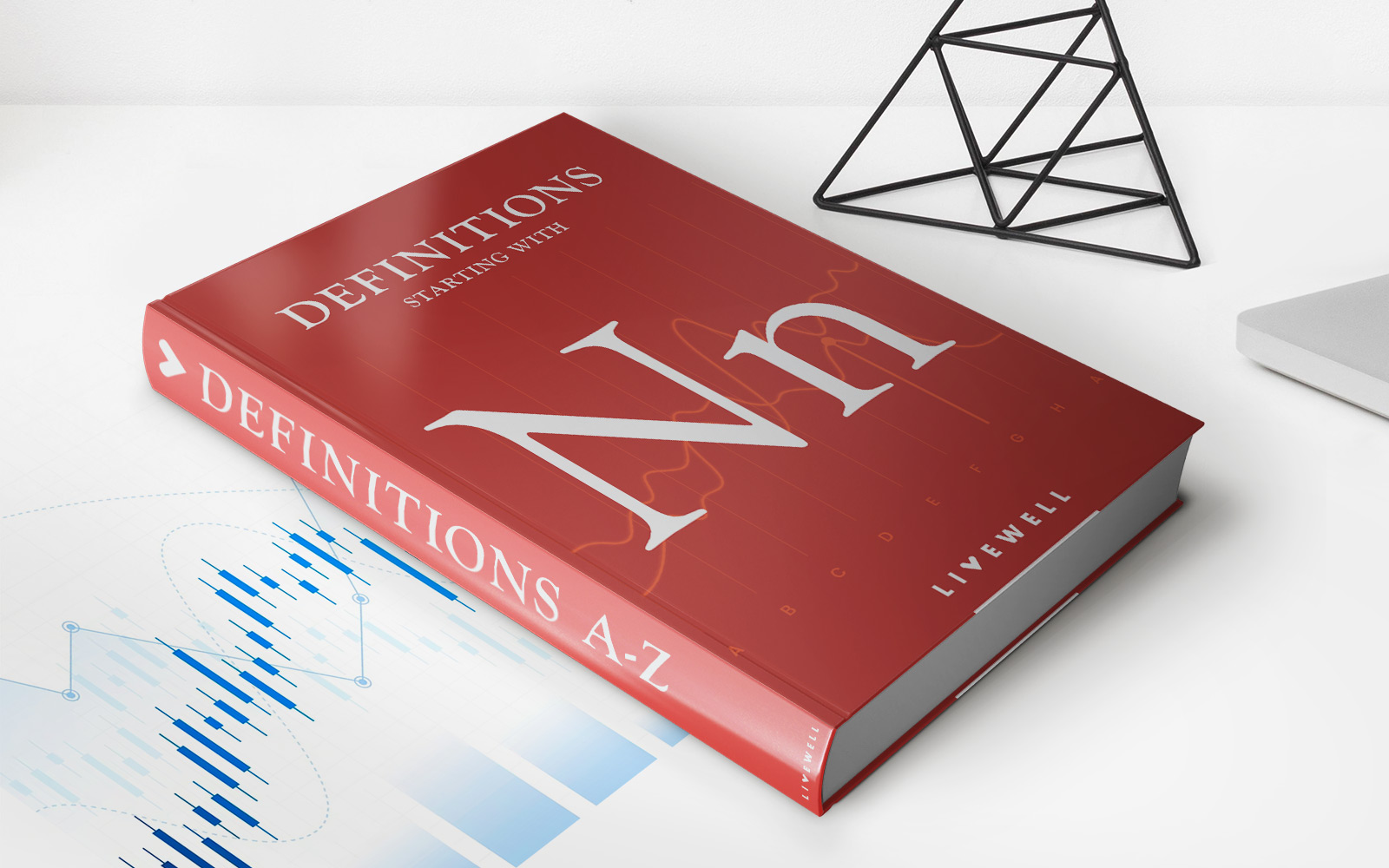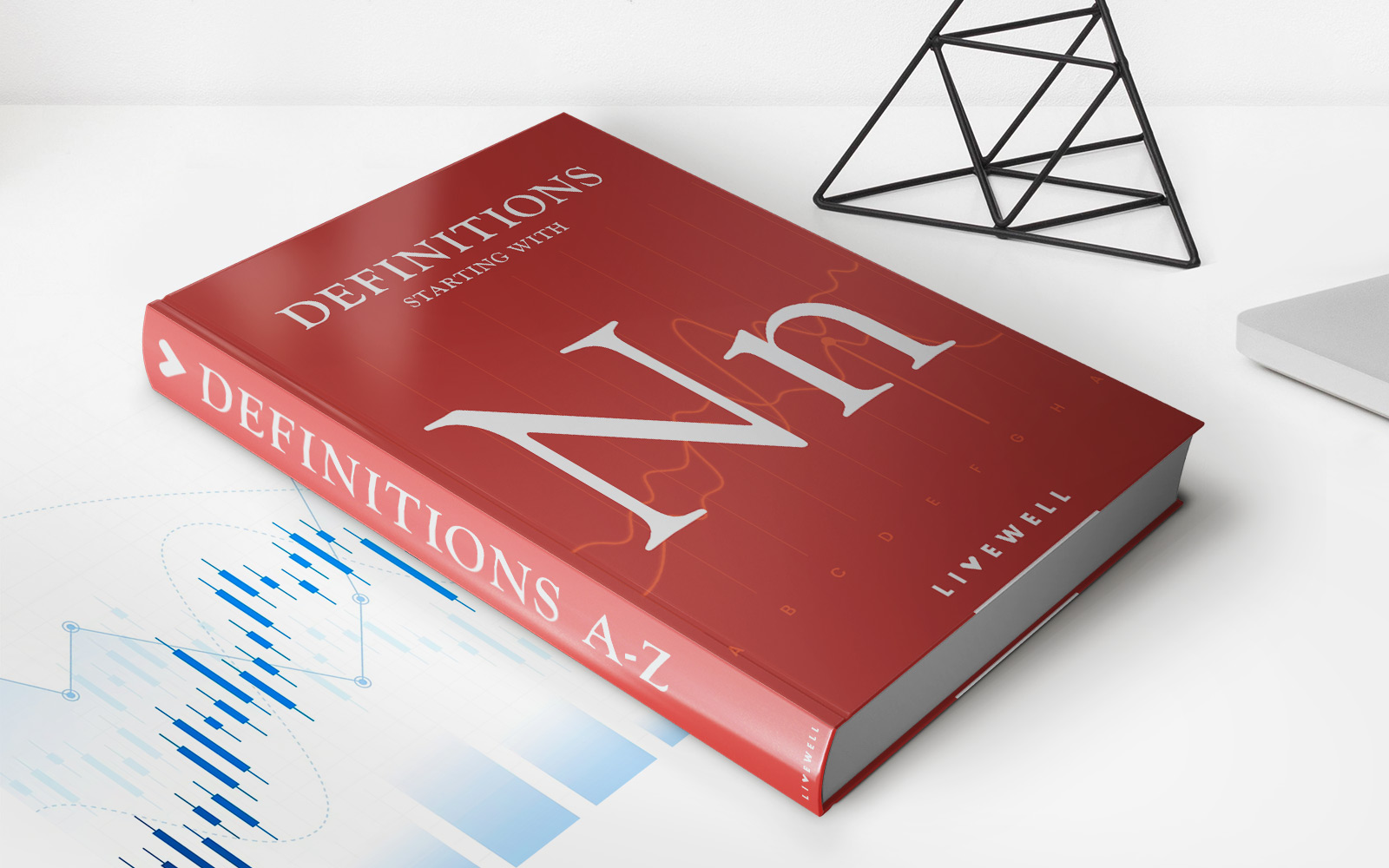Home>Finance>How Long Does It Take To Receive Lump Sum Pension


Finance
How Long Does It Take To Receive Lump Sum Pension
Published: November 27, 2023
Want to know how long it takes to receive a lump sum pension? Get expert insights on finance and understand the timelines for pension payments.
(Many of the links in this article redirect to a specific reviewed product. Your purchase of these products through affiliate links helps to generate commission for LiveWell, at no extra cost. Learn more)
Table of Contents
Introduction
Retirement is a significant milestone in one’s life, and for many individuals, receiving a lump sum pension payment plays a vital role in planning their future financial security. However, the process of receiving the lump sum pension can sometimes be unclear, leaving retirees wondering how long it will take for the funds to be disbursed. In this article, we will explore the factors that affect the processing time for receiving a lump sum pension and provide insights into the administrative procedures and regulations that are involved.
A lump sum pension is a one-time payment made to retirees, typically upon their retirement or separation from employment. Unlike a monthly pension payment, which provides regular income, a lump sum pension payment is a one-time payout that can be used for various purposes, such as paying off debt, investing in other assets, or funding the retiree’s lifestyle.
The processing time for receiving a lump sum pension can vary depending on several factors. These factors range from the retirement system and regulations in place to the administrative process followed by the pension provider. Additionally, the speed at which the retiree provides the necessary verification and documentation can also impact the timeline for receiving the funds.
When it comes to the retirement system and regulations, each country and even each employer may have specific rules and guidelines in place. These regulations outline the eligibility criteria, payout calculation methods, and other requirements for receiving the lump sum pension. Understanding these regulations is crucial as it determines the overall processing time.
The administrative process followed by the pension provider is another key factor in the timeline for receiving the lump sum pension. Pension providers typically have their own internal procedures for verifying retiree information, calculating the lump sum amount, and initiating the disbursement process. Delays in this administrative process can prolong the time it takes to receive the payment.
Understanding Lump Sum Pension
A lump sum pension is a payment made to retirees that represents the accumulated pension benefits they are entitled to receive. Unlike a traditional pension plan, where retirees receive regular monthly payments, a lump sum pension provides retirees with a single, one-time payout. This lump sum payment can be a significant financial windfall and can offer retirees more flexibility in managing their retirement funds.
The amount of the lump sum pension is typically calculated based on various factors, including the retiree’s years of service, salary history, and the pension plan’s formula. The lump sum amount may also include additional contributions from the retiree, such as voluntary contributions or employer-matching contributions.
Retirees often have the option to receive the lump sum amount in different ways. They can choose to receive the entire amount as a single payment, or they may opt for a structured payout over a specified period. The structured payout option provides retirees with regular installment payments over a predetermined timeframe, similar to receiving a monthly pension but with a finite duration.
One advantage of receiving a lump sum pension is that it allows retirees to have control over their retirement funds. They can decide how to invest or use the money according to their financial goals and needs. Some retirees may choose to invest the lump sum in other assets, such as real estate or stocks, while others may use it to pay off debts or fund their retirement lifestyle.
However, it is important to note that receiving a lump sum pension also comes with potential risks. If the retiree mismanages or exhausts the lump sum amount too quickly, they may face financial difficulties later in their retirement years. Therefore, retirees should carefully consider their financial situation and seek professional advice before making decisions on how to utilize their lump sum pension.
Understanding the implications and options associated with a lump sum pension is crucial for retirees to make informed decisions. It is essential to consider factors such as the retiree’s overall financial picture, investment knowledge, and risk tolerance when evaluating the best approach for managing the lump sum pension.
Factors Affecting Processing Time
Several factors can influence the processing time for receiving a lump sum pension. It is important for retirees to be aware of these factors to set realistic expectations and plan accordingly. Here are some key factors that can impact the timeline:
- Retirement System and Regulations: The specific rules and regulations governing pension plans vary from country to country and even within different employers. These regulations outline the eligibility criteria, vesting periods, and payout calculation methods. Therefore, the processing time can be influenced by the complexity of these regulations and the time required to review and verify retiree information.
- Pension Provider’s Process: Each pension provider may have its own administrative procedures and systems for processing lump sum pension payments. The efficiency and speed of their processes can significantly impact the processing time. Some pension providers may have streamlined systems in place, while others may have more manual or bureaucratic processes that can lead to delays.
- Retiree Documentation: To initiate the lump sum pension payment, retirees are required to provide certain documentation, such as proof of retirement, identification documents, and possibly additional paperwork based on the pension provider’s requirements. The time taken by retirees to gather and submit these documents can affect the overall processing time.
- Verification Process: Pension providers have to verify the retiree’s eligibility and the accuracy of their retirement data, such as years of service, salary history, and retirement date. This verification process can involve communicating with the retiree’s employer or accessing pension records. The time required for this verification can add to the overall processing time.
- Complex Cases: In some cases, retirees may have unique circumstances that require additional review or calculations. For example, if a retiree had multiple employers throughout their career, each with different pension plans, the calculations for the lump sum pension may be more complex. These complex cases may require extra time for analysis and calculation, leading to longer processing times.
It is important for retirees to understand that while some factors are within their control, others are dependent on the retirement system, employer, and pension provider. Nonetheless, retirees can take proactive steps to expedite the processing time. This includes being diligent in providing accurate and complete documentation, promptly responding to any requests or inquiries from the pension provider, and maintaining open communication with their pension administrator.
By being aware of these factors and taking an active role in the process, retirees can navigate the journey of receiving their lump sum pension payment more smoothly and efficiently.
Retirement System and Regulations
The processing time for receiving a lump sum pension is influenced by the retirement system and regulations in place. These regulations differ from country to country and even within different employers, making it crucial for retirees to understand the specific rules and guidelines that govern their pension plan.
The retirement system typically outlines eligibility criteria, vesting periods, payout calculation methods, and other requirements for receiving a lump sum pension. It is essential for retirees to be familiar with these regulations to ensure they meet the necessary qualifications for receiving their lump sum payment.
In some countries, pension plans may require a minimum number of years of service or a specific retirement age for eligibility. Additionally, certain plans may have vesting periods, which refer to the duration retirees must be enrolled in the pension plan before they are entitled to receive the lump sum. These factors can impact the processing time, as retirees need to fulfill these requirements before their pension payment is initiated.
Another critical aspect of the retirement system is the calculation method used to determine the lump sum amount. Pension plans utilize various formulas that take into account factors such as the retiree’s years of service, salary history, and pension contribution rates. The complexity of these calculations can vary, with some plans employing simplified formulas and others utilizing more intricate formulas. The time required to calculate the lump sum amount can thus affect the processing time.
Furthermore, retirees should also familiarize themselves with any legal restrictions or limitations associated with their lump sum pension. Some countries or pension plans may impose specific conditions or tax implications on the receipt of a lump sum payment. It is essential to understand these legal considerations to make informed decisions and avoid any unexpected surprises.
Retirees can access information about the retirement system and regulations through their pension administrator or human resources department. It is advisable to review the pension plan documents and consult with a financial advisor or retirement specialist who can provide guidance on navigating the regulatory landscape.
By understanding the retirement system and regulations that govern their pension plan, retirees can better anticipate the processing time for their lump sum pension and ensure they meet the necessary criteria for receiving their payment in a timely manner.
Administrative Process
The administrative process involved in disbursing a lump sum pension plays a critical role in determining the processing time. This process encompasses the internal procedures and systems followed by the pension provider to review, verify, and ultimately initiate the payment to the retiree.
Upon receiving the retiree’s application for a lump sum pension, the pension provider begins by reviewing the retiree’s information and retirement documents. This review is essential to ensure that the retiree meets the eligibility criteria and that the retirement data submitted is accurate and complete.
During the review process, pension providers must often verify the retiree’s retirement date, years of service, salary history, and additional factors specific to the pension plan or employer. This verification may involve communication with the retiree’s former employer or accessing pension records to validate the information provided. The time taken for this verification process can impact the overall processing time.
Once the retiree’s information has been verified, the pension provider proceeds with the calculation of the lump sum amount. This calculation involves applying the pension plan’s formula, considering factors such as salary history, years of service, and contribution rates. In some cases, this calculation can be straightforward, while in other cases, it may be more complex, depending on the specific retirement plan’s provisions and any additional contributions made by the retiree.
After calculating the lump sum amount, the pension provider prepares the necessary paperwork and initiates the disbursement process. This includes generating the necessary payment instructions, coordinating with the retiree’s bank or financial institution, and ensuring compliance with any legal and regulatory requirements applicable to the payment of lump sum pensions.
Throughout the administrative process, effective communication between the pension provider and the retiree is crucial. Pension providers may require additional documentation or clarification during the review process, and retirees must promptly respond to any requests to avoid unnecessary delays. Similarly, if there are any changes or updates to the retiree’s contact information, such as address or bank details, it is vital to notify the pension provider to ensure seamless communication and payment processing.
Overall, the efficiency and effectiveness of the administrative process followed by the pension provider significantly impact the processing time for receiving a lump sum pension. Pension providers with streamlined procedures and effective communication channels can expedite the process and ensure retirees receive their payments in a timely manner.
Verification and Documentation
Verification of retiree information and the submission of necessary documentation are critical steps in the process of receiving a lump sum pension. The accuracy and completeness of these documents can significantly impact the processing time for the payment.
Retirees are typically required to provide specific documents to their pension provider to initiate the lump sum pension payment. These documents may include proof of retirement, identification documents, copies of pension plan documents, and any additional paperwork as mandated by the pension provider’s requirements.
One of the primary documents needed is proof of retirement, which can come in the form of an official retirement letter or document from the retiree’s employer. This document verifies the retiree’s retirement date and is a crucial piece of information for the pension provider to begin the administrative process.
Identification documents, such as a valid passport or driver’s license, are often required to verify the retiree’s identity. These documents help mitigate the risk of fraud and ensure that the lump sum pension payment is disbursed to the correct individual.
In some cases, retirees may be asked to provide copies of pension plan documents, such as the summary plan description or any amendments to the plan. These documents help the pension provider understand the specific rules and regulations pertaining to the retiree’s pension plan, which can impact the calculation and disbursement of the lump sum amount.
Additionally, depending on the pension provider and the retiree’s circumstances, there may be additional paperwork required. This can include forms related to the retiree’s beneficiary designation, tax forms, or any other documentation specific to the retiree’s pension plan or personal situation.
Retirees should aim to provide all necessary documents accurately and in a timely fashion to avoid unnecessary delays in the processing of their lump sum pension payment. This includes ensuring that the documents are complete, legible, and meet the pension provider’s requirements.
It is advisable for retirees to maintain copies of all submitted documents for their records and to keep track of the communication with the pension provider. This can help address any discrepancies or issues that may arise during the verification process.
By understanding the required documentation and submitting it promptly, retirees can contribute to a smooth and efficient processing of their lump sum pension payment, ensuring that they receive the funds they are entitled to in a timely manner.
Calculation of Lump Sum Amount
The calculation of the lump sum amount for a pension payment is a crucial step in the process of receiving a lump sum pension. The final payout is typically based on several factors, including the retiree’s years of service, salary history, and the specific formula used by the pension plan.
One of the key components in calculating the lump sum amount is the retiree’s years of service. This refers to the total number of years the individual has worked for their employer, typically within the specific pension plan. Pension plans may require a minimum number of years of service for eligibility to receive a lump sum payment. The more years of service a retiree has, the higher the lump sum amount is likely to be.
Another crucial factor is the retiree’s salary history. Pension plans often consider the average salary earned during the final years of employment or based on a specific formula outlined in the pension plan. The retiree’s salary history, along with their years of service, is utilized in determining the lump sum payment.
Additionally, the specific formula used by the pension plan plays a significant role in the calculation process. Different pension plans have different formulas, which can include a combination of factors such as the retiree’s years of service, salary history, and pension contribution rates. The formula determines how much of the retirement benefits are allocated to the lump sum payment.
It is worth noting that not all pension plans offer a lump sum payment option. Some plans may only provide a monthly pension payment or offer alternative payment options. Retirees should review their pension plan documents or consult with their pension administrator to understand the available options and the specific calculation methods used.
Calculating the lump sum amount can be a complex process, especially in situations where retirees have multiple employers or have made voluntary contributions to their pension plan. In such cases, the calculation may require additional considerations and calculations to accurately determine the lump sum payment.
To ensure the accuracy of the calculation, retirees should review the calculations provided by the pension provider and consult with a financial advisor or retirement specialist if they have any questions or concerns. It is important to have a clear understanding of how the lump sum amount is calculated to make informed financial decisions.
By understanding the factors and formula used in the calculation, retirees can have a better understanding of their lump sum amount and how it contributes to their overall retirement plan. This knowledge allows retirees to make informed decisions regarding their financial future and effectively manage their retirement funds.
Notification and Communication
Notification and effective communication between the retiree and the pension provider are crucial aspects of the lump sum pension process. Clear and timely communication ensures that both parties are informed about the progress of the payment and any necessary steps that need to be taken.
Once the pension provider has processed the retiree’s application for a lump sum pension, it is important for them to notify the retiree about the status of their request. This notification can include confirmation that the application has been received, an estimated timeline for processing, or any additional information or documentation required from the retiree.
On the flip side, if the retiree has any questions or concerns regarding the lump sum pension, they should proactively reach out to the pension provider for clarification. Maintaining open lines of communication ensures that the retiree is aware of any updates or changes in the process.
It is crucial for retirees to promptly respond to any requests or inquiries from the pension provider. Timely communication can prevent unnecessary delays in the processing of the lump sum payment. If the pension provider requires additional documentation or information, retirees should provide it as soon as possible to keep the process moving smoothly.
In some cases, the lump sum pension payment may require coordination with the retiree’s bank or financial institution. The pension provider might need the retiree’s bank account details or other payment information to disburse the payment accurately. Maintaining accurate and up-to-date contact information ensures that the retiree receives important notifications and that the payment is sent to the correct account.
If there are any changes or updates to the retiree’s contact information, such as a change in address or phone number, it is essential to notify the pension provider promptly. Staying in touch with the pension provider throughout the process can help avoid any miscommunications or issues that may arise.
Retirees should keep a record of their communication with the pension provider, including documentation of any phone calls, emails, or letters exchanged. This record can serve as a reference in case of any disputes or discrepancies in the future.
By maintaining clear and effective communication with the pension provider, retirees can have confidence in the progress of their lump sum pension payment. This transparency and collaboration contribute to a smoother process and ensure that retirees receive their funds in a timely manner.
Legal Considerations
When it comes to receiving a lump sum pension, there are several legal considerations that retirees should be aware of. These considerations can vary depending on the country, pension plan, and specific laws and regulations in place. Understanding these legal aspects is important to ensure compliance and avoid any unexpected issues or penalties.
One crucial legal consideration is the tax implications of receiving a lump sum pension. Depending on the country and tax regulations, the lump sum payment may be subject to income tax. It is advisable for retirees to consult with a tax professional or financial advisor to understand the tax obligations associated with their lump sum pension. They can provide guidance on how to manage tax liabilities and make informed decisions regarding their funds.
Another legal consideration is the potential impact on government benefits. Receiving a lump sum pension may affect eligibility for certain government benefits, such as social security or disability benefits. Retirees should consult with relevant government agencies or seek advice from an expert to understand how their lump sum pension could impact their entitlement to these benefits.
Legal considerations may also arise in situations where the retiree has a spouse or dependent who is entitled to a portion of the lump sum pension. In some jurisdictions, there may be laws regarding spousal consent or a requirement to obtain a qualified domestic relations order (QDRO) for the distribution of the pension benefits. It is essential for retirees to be aware of these legal requirements and consult with legal professionals if necessary.
Retirees should also be mindful of any restrictive clauses or contractual obligations outlined in their pension plan documents. These clauses may limit how the lump sum pension amount can be used or may require specific actions or restrictions. It is advisable to carefully review the pension plan documents and seek clarification from the pension administrator or legal counsel to ensure compliance.
Additionally, retirees should be cautious of potential scams or fraudulent schemes targeting those receiving lump sum pensions. It is important to remain vigilant and protect personal and financial information. Retirees should verify the authenticity of any communication they receive regarding their pension and report any suspicious activity to the appropriate authorities.
Overall, understanding the legal considerations associated with a lump sum pension is crucial to navigate the process effectively. Retirees should seek professional advice, review relevant laws and regulations, and ensure compliance to protect their rights and make informed decisions.
Conclusion
Receiving a lump sum pension is an important milestone in one’s retirement journey. While the processing time for receiving the payment can vary, understanding the factors that affect it and being aware of the administrative process and legal considerations can help retirees navigate the process more effectively.
Factors such as the retirement system and regulations, the efficiency of the administrative process, and the prompt submission of necessary documentation can all impact the processing time for a lump sum pension. Retirees should familiarize themselves with the retirement system and regulations specific to their pension plan to know what to expect and ensure their eligibility for the payment.
The administrative process followed by the pension provider, including verification of retiree information and the calculation of the lump sum amount, can also contribute to the overall processing time. Effective communication and timely responsiveness to the pension provider’s requests are key in expediting the process.
Legal considerations, such as tax implications, potential impact on government benefits, and compliance with contractual obligations, should not be overlooked. Seeking advice from professionals and understanding the legal landscape ensures retirees are aware of their rights and obligations.
In conclusion, receiving a lump sum pension involves navigating through various factors, processes, and legal aspects. By understanding and remaining proactive throughout the journey, retirees can manage their expectations, ensure a smoother process, and make informed decisions regarding their lump sum pension.
Ultimately, the lump sum pension payment is a valuable asset that retirees can utilize to secure their financial future. By carefully managing and utilizing the funds, retirees can enhance their retirement lifestyle and achieve their long-term financial goals.
